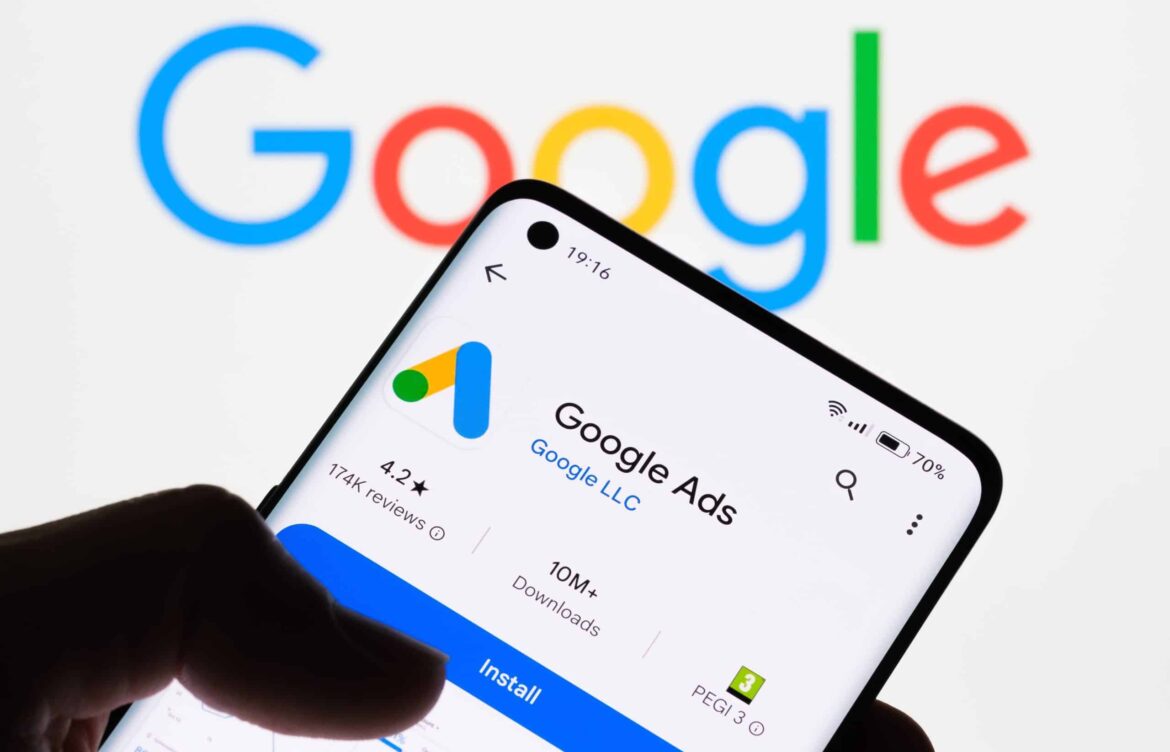
How to boost website traffic with Google
Google provides a comprehensive set of tools and strategies to help you significantly boost your website traffic, primarily through organic search (SEO) and paid advertising (Google Ads).
Here’s a breakdown of the key methods and Google tools to leverage:
1. Organic Traffic (Search Engine Optimization – SEO)
This focuses on improving your visibility in Google’s natural, unpaid search results.
- Google Search Console (GSC): This is a free, essential tool directly from Google that lets you monitor, maintain, and troubleshoot your site’s presence in Google Search results.
- Monitor Performance: Check the Performance Report to see which keywords (queries) are driving impressions and clicks, your average position, and your click-through rate (CTR). This helps you find content to optimize.
- Improve Indexing: Submit your Sitemap and individual URLs to ensure Google knows about and can efficiently crawl and index all your important pages.
- Diagnose Issues: Identify and fix critical technical SEO problems like crawl errors, mobile usability issues, and Core Web Vitals performance.
- Find Keyword Opportunities: Look for keywords with high impressions but low CTR. Optimizing your page title and meta description for these terms can lead to more clicks and traffic.
- Create High-Quality, Optimized Content:
- Keyword Research: Use tools like Google Trends and the Google Ads Keyword Planner (even if you aren’t running ads) to find relevant search terms your audience is actually using.
- Answer User Intent: Create content that directly and thoroughly answers the questions and needs behind those search queries.
- Optimize On-Page Elements: Use your keywords naturally in your page titles, headings (H1, H2, etc.), and throughout the body of your content.
- Improve User Experience and Technical Health:
- Mobile-Friendliness: Ensure your site is fully responsive and provides a good experience on all devices, as Google uses mobile-first indexing.
- Page Speed: Use Google’s PageSpeed Insights tool to analyze your site’s load time and get suggestions for improvement. Speed is a ranking factor.
- Internal Linking: Link your related pages together to help users and Google discover more of your content.
- Structured Data: Implement structured data (schema markup) to help Google understand your content better and make you eligible for rich results (like star ratings, FAQ snippets, etc.) in the search results.
- Build Authority (Link Building): While this is not a Google tool, earning high-quality backlinks from other reputable websites is a key ranking signal that tells Google your content is valuable.
2. Paid Traffic (Google Ads)
This involves creating targeted advertisements that appear on Google Search, YouTube, Display Network, and more.
- Search Ads: Place your ad at the top of Google Search results for specific keywords your audience is searching for. This is excellent for capturing users with high intent.
- Keyword Planner: Use this free tool within Google Ads to research keywords, get traffic and bid estimates, and plan your ad campaigns.
- Display Ads: Use visually engaging ads (banners, images) that appear across a vast network of websites, apps, and Google properties like Gmail, great for brand awareness and remarketing.
- Video Ads (YouTube): Promote your business with ads on YouTube, the world’s second-largest search engine (owned by Google).
- Performance Max: A goal-based campaign type that uses Google’s AI to find your most valuable customers across all Google channels (Search, Display, YouTube, Gmail, Maps, and Discover).
3. Other Google Properties & Tools
- Google Analytics (GA4): While it doesn’t drive traffic, it is crucial for understanding your traffic. Use it to:
- See where your visitors are coming from (channels, countries).
- Analyze which pages perform best.
- Understand user behavior (engagement, conversions) to refine your strategy.
- Google Business Profile (for Local Businesses): A free profile that helps you appear in local search results and Google Maps, essential for driving local traffic and foot traffic.
- YouTube: Create high-quality video content optimized with relevant titles, descriptions, and tags. Video is a massive traffic driver.
In summary, the most effective approach is a combination: use Google Search Console to optimize for free organic traffic, use Google Ads for immediate, targeted paid traffic, and use Google Analytics to measure and refine both strategies.
